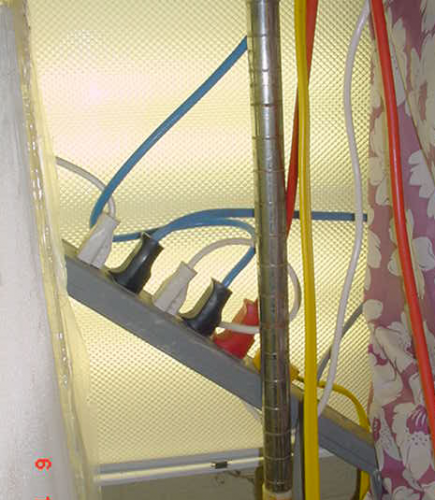Office
FIRE SAFETY
Get to know your work area Become familiar with different exit routes from your work space and your building. If you work in more than one building know where the exits are in those buildings.
Location of safety devices Know where the closest pull station and fire extinguisher are located.
Operation of safety devices Know how to operate the pull station and fire extinguisher in your area. (request fire training) (learn how to use an extinguisher online)
Know how to get help in an emergency (how to get help on campus)
Do not block or wedge open fire doors Fire doors serve a purpose in the event of a fire. The doors will impede the fire and smoke from spreading, and can help eliminate smoke and heat damage to a room.
No Smoking in any building There is no smoking inside any building on campus.
ELECTRAICAL SAFETY
- Always use CSA approved equipment
- Ensure any power bars that are being used are not overloaded (http://www.esao.on.ca/downloads/info_sheets/power_bar.pdf)
-
Avoid octopus wiring

- Never use appliances within your office (kettle, microwave etc.) always cook in designated areas.
- If you want to use a portable heater please contact our office per University Policy (EHS Policy)
- Do not place combustibles on or around any heating element (Def’n combustible)
- Never use extension cords as permanent wiring(http://www.esasafe.com/assets/files/esasafe/pdf/Flash_Notices/10-02-FL.pdf)
GENERAL SAFETY
If you have a medical condition ensure that someone in your office is aware of the problem incase a medical emergency occurs and you are unable to speak for yourself. If you take medication on a regular basis, keep a list of those meds in your desk, and ensure someone else in the office knows where the list is, and can access that location. If you have a medic-alert tag ensure that it is worn at all times and can be easily seen.